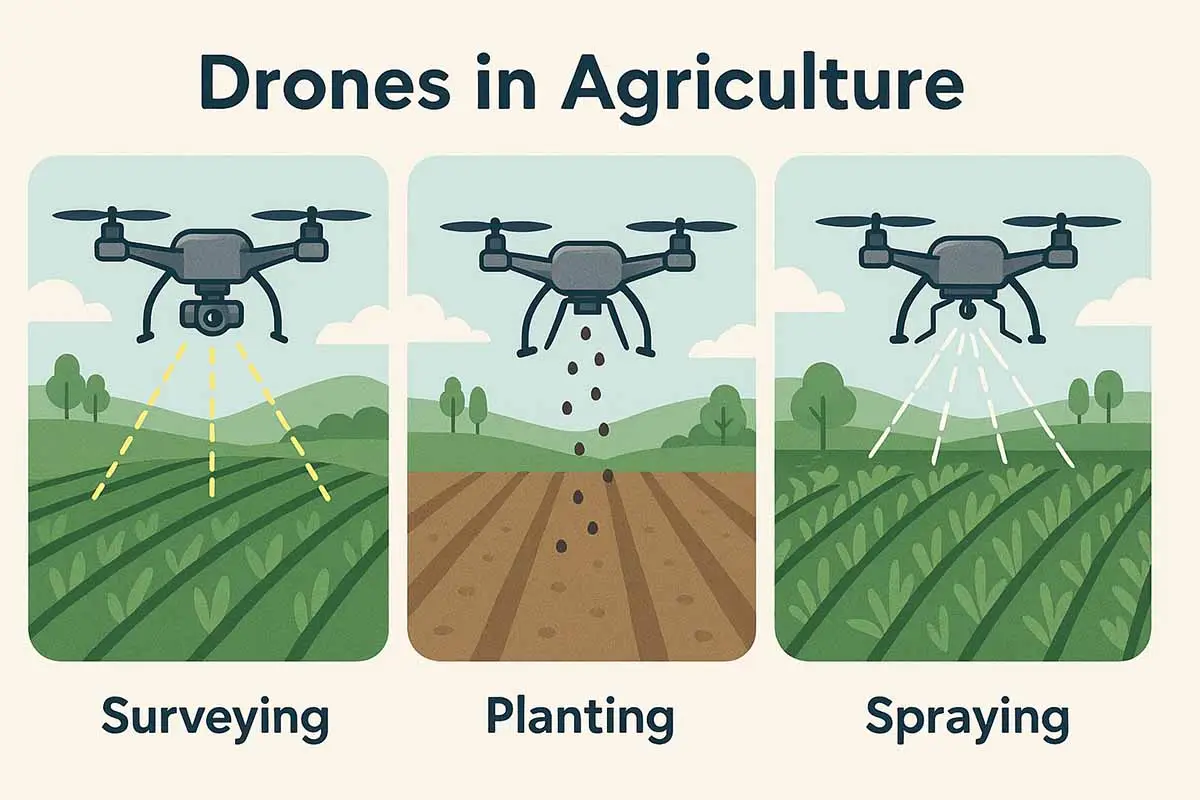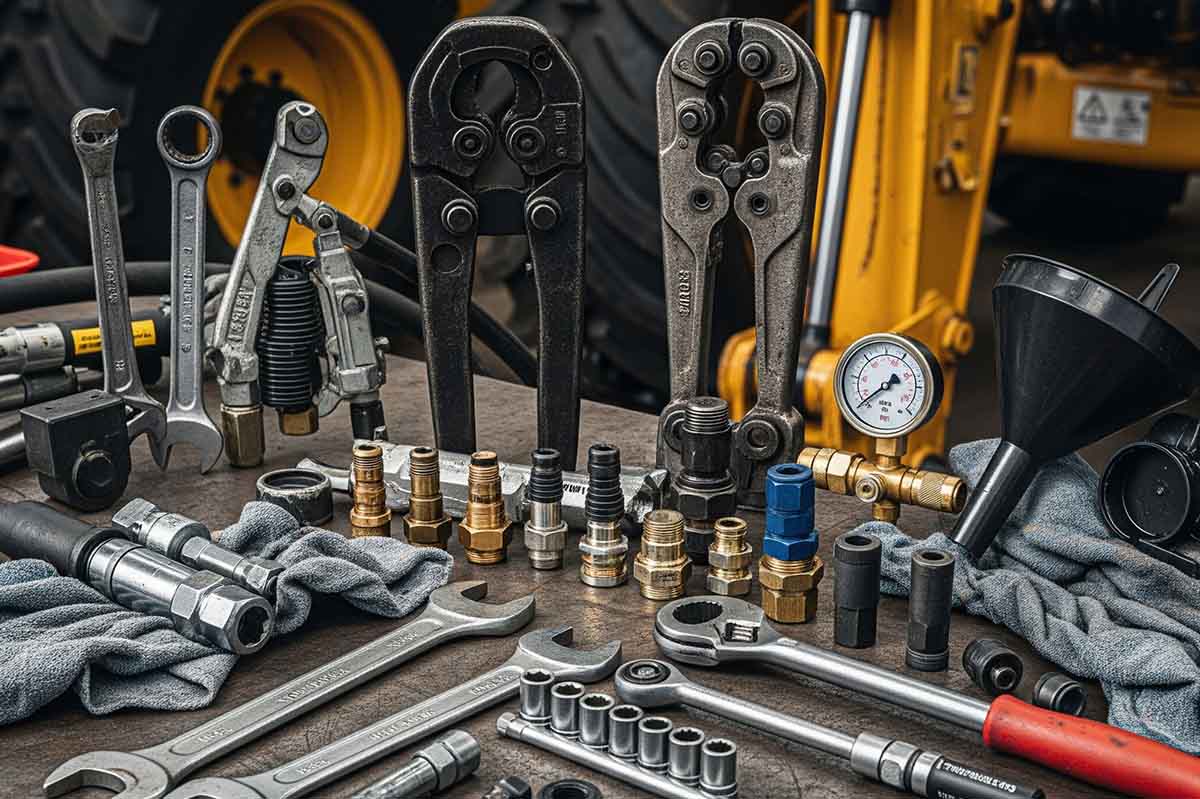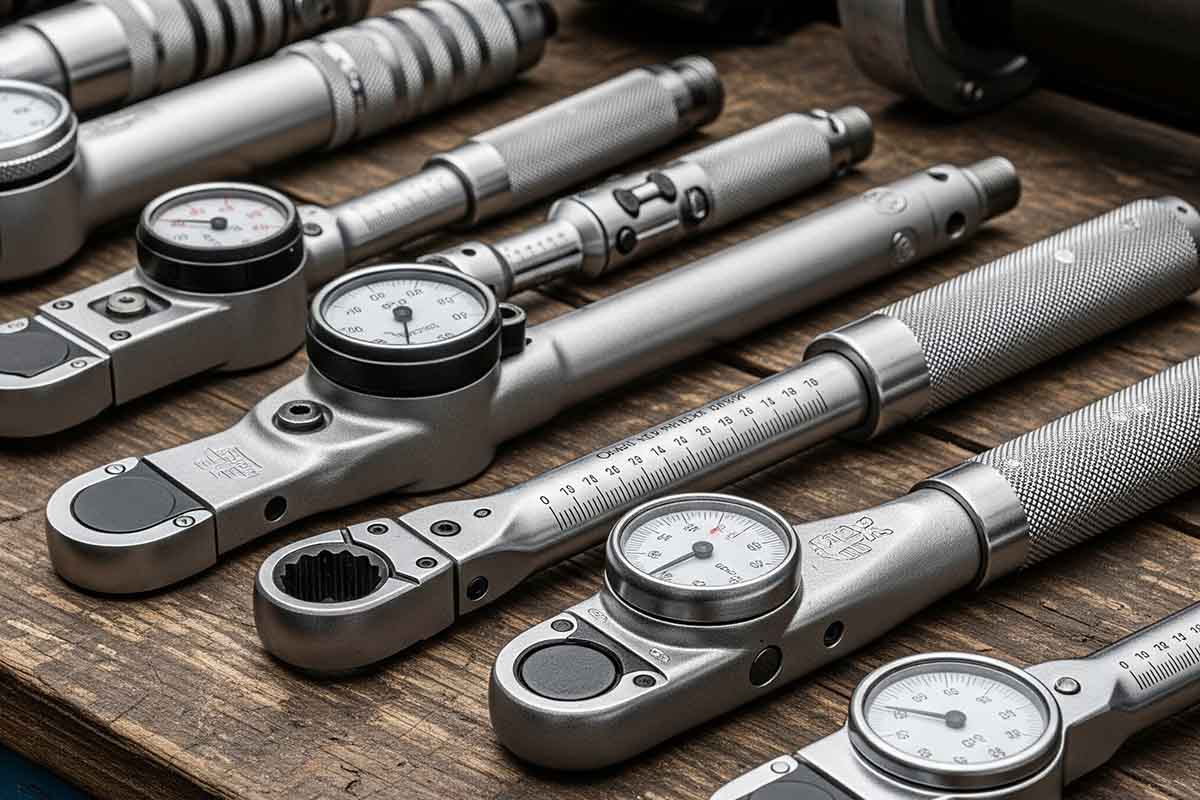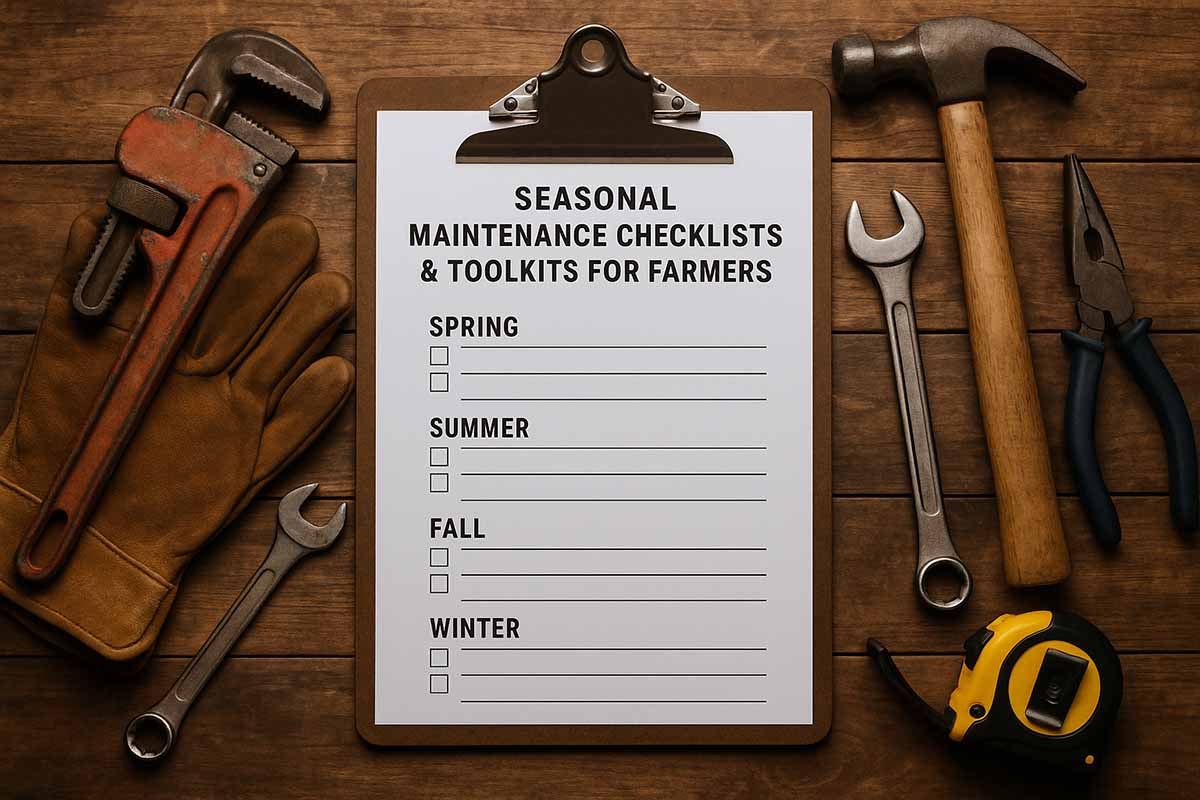Introduction: The Sky Is No Longer the Limit in Farming
A decade ago, the idea of drones in agriculture might have sounded like science fiction. Today, they are a common sight in modern farming operations—soaring over fields, planting seeds, applying fertilizers, and collecting data that once took days to gather.
Drones offer a unique combination of speed, precision, and cost-effectiveness, making them one of the fastest-growing agricultural technologies. In this article, we’ll explore how drones are revolutionizing surveying, planting, and spraying, while also considering their challenges and future potential.
Agricultural Surveying with Drones
Why Drones Are Game-Changers for Field Surveys
Surveying is the foundation of good farm management. Traditionally, it required walking fields, visual inspections, or expensive aerial imagery from planes. Now, drones deliver:
- High-resolution aerial maps
- Real-time crop health monitoring
- 3D terrain modeling for water flow and erosion analysis
- Early pest and disease detection
Technical Specs to Look For in Survey Drones:
| Feature | Importance | Example Technology |
|---|---|---|
| Camera Resolution | Clear images for detailed analysis | 20–48 MP RGB cameras |
| Multispectral Sensors | Detect plant stress invisible to the human eye | NDVI, thermal sensors |
| Flight Time | Longer missions without recharging | 40–60 minutes per battery |
| GPS Accuracy | Precise geotagging for mapping and analysis | RTK/PPK GPS modules |
Drone-Assisted Planting
Planting Seeds from the Sky
While still emerging, drone planting technology is expanding rapidly, especially in forestry and reforestation, but also in certain large-scale agricultural contexts.
How it works:
- Seed Pods – Encapsulated seeds with nutrients are loaded into drones.
- Automated Deployment – GPS-guided drones drop pods at optimal intervals.
- Rapid Coverage – Drones plant up to 100,000 seeds per day in some cases.
Advantages:
- Reduces planting time dramatically
- Lowers labor requirements
- Enables planting in inaccessible or hazardous terrain
Drone Spraying Systems
Aerial Precision for Crop Care
Drones equipped with spraying systems can distribute pesticides, herbicides, and fertilizers with pinpoint accuracy. This is especially valuable for high-value crops, steep terrain, and small plots where traditional machinery is inefficient.
Key Benefits:
- Targeted Application – Minimizes chemical waste and drift
- Reduced Operator Exposure – Safer for workers handling hazardous substances
- Water Savings – Some drones use ultra-low-volume spraying to conserve resources
- Quick Response – Ideal for treating small outbreaks before they spread
Technical Specs for Spraying Drones:
| Feature | Why It Matters | Example Models |
|---|---|---|
| Payload Capacity | More chemical per flight means fewer refills | 10–40 liters |
| Nozzle Technology | Even droplet size for consistent application | Rotary atomizers, pressure nozzles |
| Flight Stability | Consistent spray patterns in varying wind | GPS + gyroscopic control |
| Spray Width | Covers more area per pass | 4–8 meters |
Challenges and Considerations
While drones bring clear benefits, farmers should consider:
- Initial Investment – High-end drones can cost from $5,000 to $50,000+
- Battery Limitations – Frequent swaps needed for large fields
- Weather Dependence – Rain, wind, and extreme heat can limit operations
- Regulatory Compliance – Many regions require pilot licensing or permits
Interesting and Lesser-Known Facts
- Fact #1: A drone can survey 100 hectares in less than 30 minutes—something that could take a person days to cover on foot.
- Lesser-Known Fact: Some agricultural drones can pollinate crops, providing a backup in regions facing bee population decline.
- Fact #2: In Japan, drone spraying has reduced pesticide use by up to 30% while maintaining crop yields.
Drones in agriculture: surveying, planting, and spraying FAQ
Conclusion: Agriculture’s Eye in the Sky
From mapping and monitoring to planting and spraying, drones are proving that the sky is an untapped frontier in farming innovation. Their speed, precision, and adaptability make them a valuable ally in the quest for sustainable, profitable agriculture.
Further Read
- Industrial Tools in Agriculture – Powering Farming
- Overview of industrial tools for planting and harvesting
- Small vs Large-Scale Farm Tools: Real-World Case Studies
- Role of Mechanization in Sustainable Agriculture
- Top Agricultural Tool Brands You Should Know
- Emerging trends: automation, AI, and robotics in farming
- Top Industrial Tools Transforming Modern Agriculture
- Essential Maintenance Practices and Tools for Agricultural Machinery: Your Complete Guide
- IoT-Enabled Agricultural Tools
- Drones in agriculture: surveying, planting, and spraying
- Precision farming tools: GPS-guided equipment for planting and harvesting
- Data-driven decision-making in agriculture
- Top 10 Maintenance Tools for Tractors, Harvesters & Irrigation Systems
- Seasonal Maintenance Checklists & Toolkits for Farmers
- Hydraulic System Maintenance Tools for Heavy Farm Equipment
- Lubrication Tools and Best Practices for Agricultural Machinery
- Industrial Torque Wrenches: Key to Farm Equipment Safety
Your Turn!
Have you used drones in your farming operations? Were they a game-changer or a challenge? Share your experiences in the comments, and spread the word by sharing this article with fellow farmers and agritech enthusiasts.





